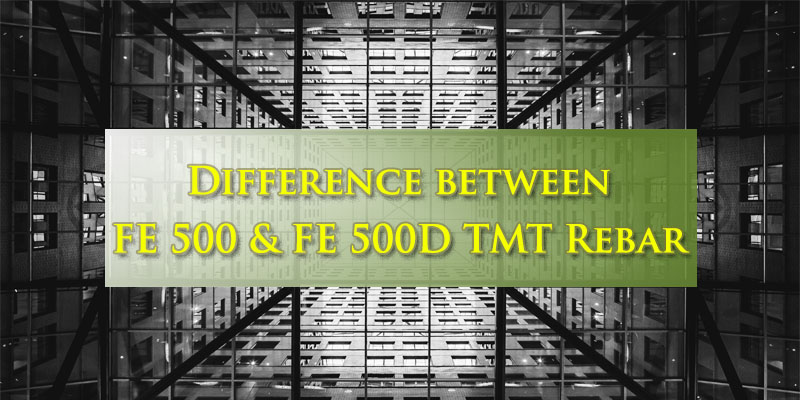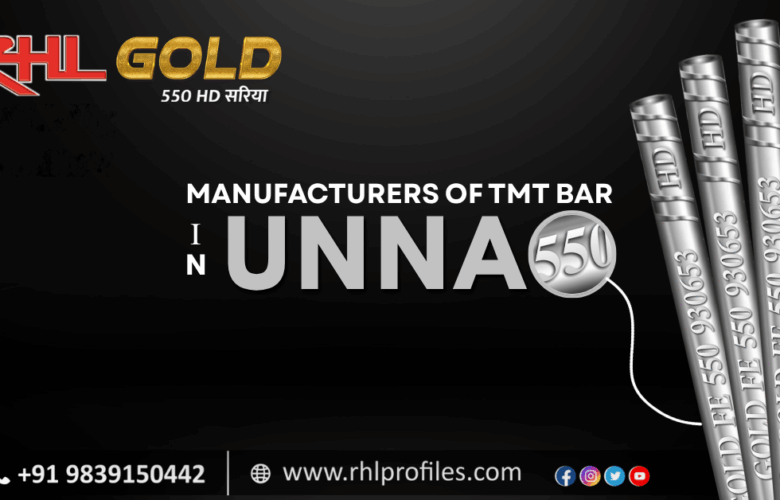FE 500 and FE 500D are both grades of TMT (Thermo-Mechanically Treated) rebars, which are steel reinforcement bars used in construction to provide strength and stability to concrete structures such as buildings, bridges, and roads. However, there are some differences between the two grades:
(1). FE 500 is a grade of TMT rebar that has a minimum tensile strength of 500 N/mm² and is suitable for use in construction projects that require high strength and durability.
(2). FE 500D is a high ductility grade of TMT rebar that has a minimum tensile strength of 500 N/mm² and a minimum percentage elongation of 14%. FE 500D rebars are designed to have higher ductility than FE 500, which means that they can bend and stretch more without breaking.
(2). FE 500D is a high ductility grade of TMT rebar that has a minimum tensile strength of 500 N/mm² and a minimum percentage elongation of 14%. FE 500D rebars are designed to have higher ductility than FE 500, which means that they can bend and stretch more without breaking.

FE 500D TMT rebars are specially designed to have high elongation properties, which means they can absorb more energy and have more resistance to earthquakes and other natural disasters.
FE 500D TMT rebars are used in construction of high-rise buildings, bridges, flyovers, and other structures which are required to have high ductility.
In general, the use of FE 500D TMT rebars is recommended in seismic-prone zones, where the buildings and structures have to withstand the intensity of earthquakes.
It’s always best to consult with a structural engineer or a building expert before making a decision on which grade of TMT rebars to use in your construction project.




